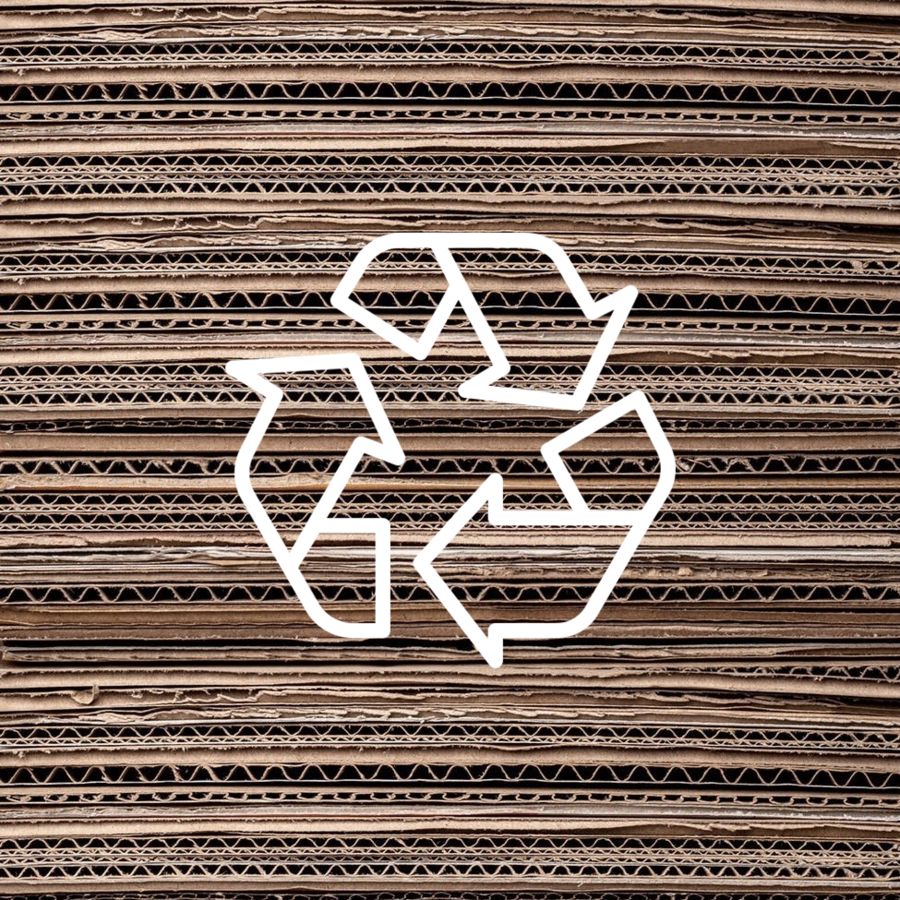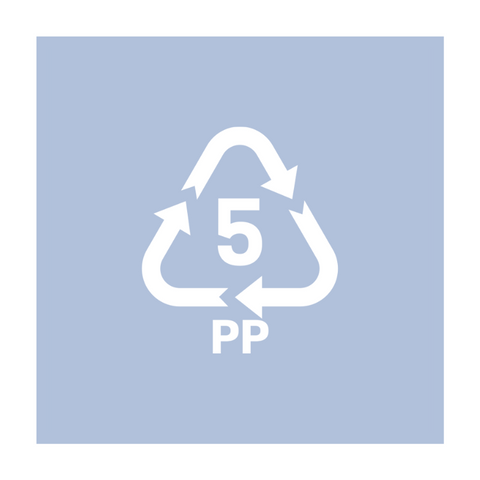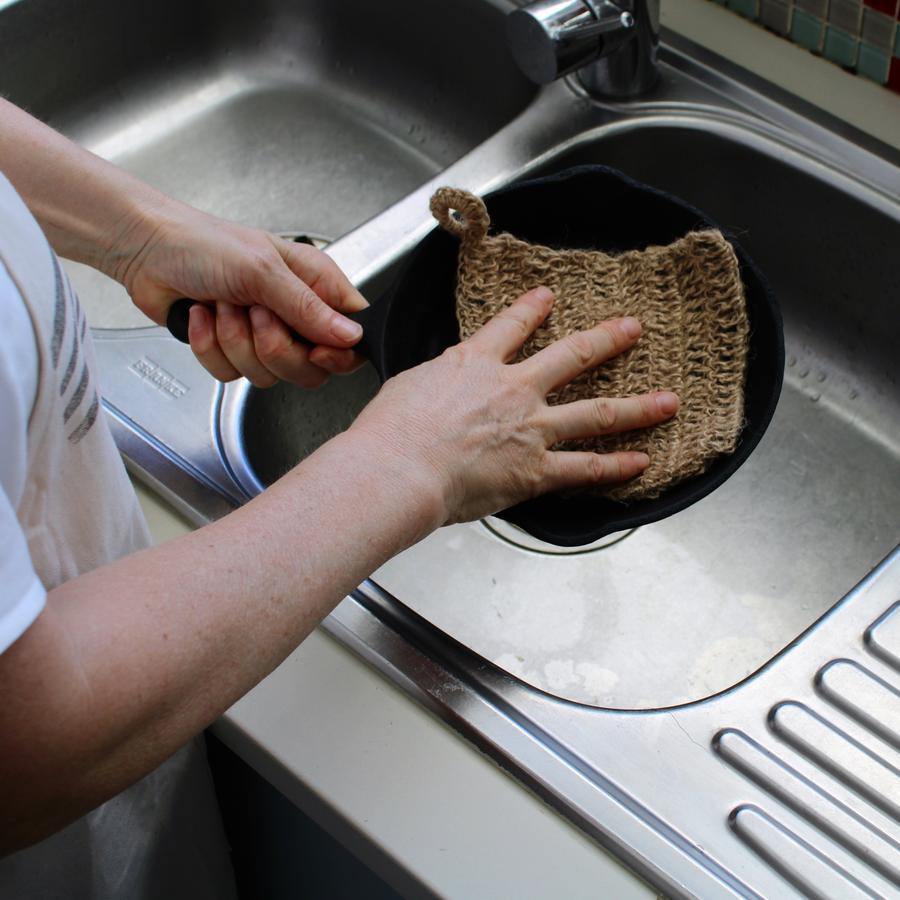
Recycling 101 - It doesn't have to be confusing
Refuse, reuse, reduce, recycle!
When you cannot refuse, reuse or reduce - then you should try your best to recycle. Recycling can sometimes be a confusing process. What can be recycled? Do I need to rinse my recyclables? Is there a recycling service in my area?
We have done the research and have compiled an easy to use recycling guide - because doing the right thing should be simple!
------------------------
Is there a recycling collection service in my area?
Most cities and metropoles in South Africa have residential recycling services available.
Here are some of our favourite recycling services below:
- Regenize Recycling - Recycle via an innovative mobile app that rewards you for your recycling efforts. Find out more at www.regenize.co.za
- Abundance Recycling - Cape Town and surrounds. Find out more at www.abundancerecycling.co.za
- Recycle 1st - Cape Town and surrounds. Find out more at www.recycle1st.co.za
- Whole Earth Recycling - Johannesburg and surrounds. Find out more at wholeearth.co.za
------------------------
What can be recycled?
- Paper & Cardboard: Dry paper and cardboard, that has not been contaminated by food. Eg. newspapers, magazines, milk cartons, food boxes, and toilet roll inners.
- Aluminum & Steel: Containers made out of aluminum and steel can be recycled. Eg. soft drink cans, food tins, and aerosol cans.
- Glass: You can recycle glass bottles, jars, and containers. Broken glass cannot be recycled.
- Plastic: Items with plastic code 1, 2, 4, 5 & 6 can be recycled.





Often used to make disposable drinking cups, foam packaging for vegetables and meat, packaging peanuts and takeaway containers. Polystyrene is not commonly recyclable. However, some recycling services, such as Regenize Recycling, do accept PS plastic items.
------------------------
What cannot be recycled?
- Chips, sweets & confectionary packaging
- Used paper towels, toilet paper, and tissues
- Waxed paper
- Medication Packaging
- Cigarette buds
- Plastic 3 & 7: Plastic items marked with code 3 and 7 are not commonly recycled.


------------------------
To make it even simpler, we have created a free recycling poster that you can pop next to your bins.
Download the poster here!
Happy Recycling!






